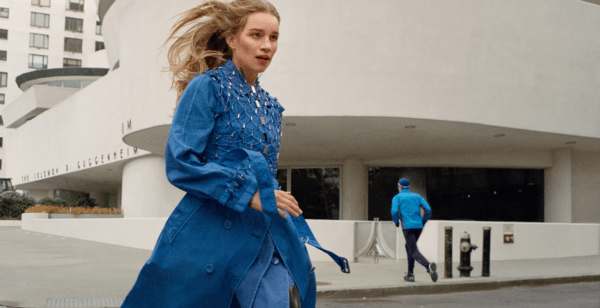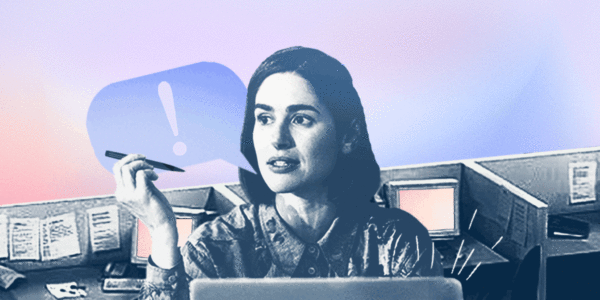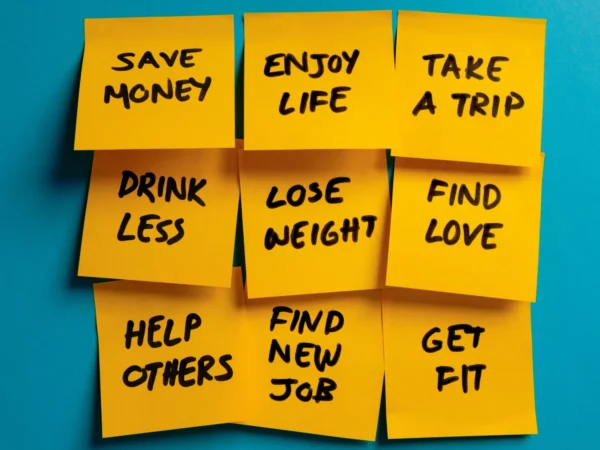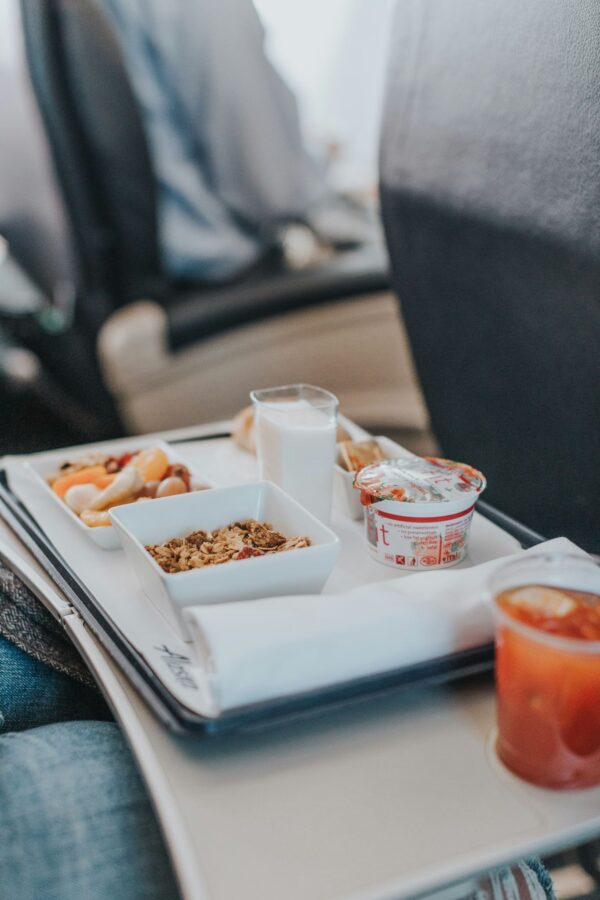
Al Fresco or Al Desko – the Perils of the Office Lunch Break
Al fresco or al desko – the perils of the office lunch break
More than half of London office workers eat their lunch at their desks, the highest number of any region in the UK. The research, carried out by food delivery service Deliveroo, also found that Londoners take an average of 33 minutes for lunch while only one in six tae their full hour break. In the US, 62% of professionals eat “al desko”, many of whom feel pressured or stressed by their workloads.
The motivation is clear – eating and working simultaneously in the glow of your computer shows commitment. But even though skipping your lunch break might earn plaudits from those in higher positions, research shows this can be damaging to both health and productivity.
Eating lunch at your desk can lead to food contamination
Workaholic attitudes towards lunch breaks are supposed to lead to more productivity, but the habit comes with a risk of contaminating food and could actually cause more employees to take sick leave more regularly.
There’s a reason restaurants have to adhere to strict food hygiene regulations. Poor hygiene when handling food can lead to stomach upsets and in more serious cases food poisoning. Many people think this only applies to the way food is cooked, but the environment you consume the food in can also lead to food borne illnesses.
In 2007, a now infamous University of Arizona study revealed that office desks can be home to 400 times more bacteria tan the average toilet seat. So, if you eat your lunch while typing away during your lunch break, any handheld foods like sandwiches are likely to become contaminated with the germs lurking on your keyboard.
Another reason “al desko” dining can be harmful to health is that its proponents consume more calories and unhealthy snacks than those who dine out. A recent poll found that more than a third of workers that eat at their desks consume more than 1,200 calories during a typical working day. Furthermore, those that sit in front of computers during lunch are more likely to binge on crisps, chocolates and sugary snacks.
Skipping your lunch break can harm productivity
Working through lunch may seem like a sensible idea when you have a rapidly multiplying to-do list, but being slaves to our computers can actually make us less productive. This has been proven by the French who, despite changing work habits, remain stubbornly attached to their “pause dejeuner”.
French labour productivity, measured by the amount of output per hour worked, often puts that of the UK and other European countries to shame. An Office for National Statistics report found that, on average, British workers were 27% less productive per hour than their French counterparts in 2013.
This has a lot to do with French working habits. Globally, around 60% of workers don’t take a lunch break. In comparison, 84% of French employees regularly eat their lunch away from their desk. Taking the opportunity to recharge your batteries has been linked by a number of studies to higher cognitive function and improved creativity. One such study found that heading outside for a gentle lunchtime stroll can improve mood and ability to handle stress. Those that don’t head outdoors are also prone to afternoon slumps in focus and enthusiasm.
How to avoid the perils of “al desko” dining
You might feel like you’re setting a good example by eating at your desk, but those that skip lunch are actually more likely to lose focus and enthusiasm. The habit costs businesses around £50 million a day according to a Bupa occupational health study.
To encourage yourself to leave your desk, rather than brining in a prepared packed lunch, bring the ingredients to a delicious lunchtime meal. That way you can spend time away from your desk preparing your food. Communal areas have a huge role to play in company culture. For example, kitchens play a key role in building relationships and encouraging cross-team collaboration. Casual lunchtime conversations can do wonders for workplace coherence and could simnifically boost your morale.
If cooking or preparing food is not your forte, head outdoors in search for your lunchtime meal. The change of scenery will help relive stress, while exercising will release mood-enhancing endorphins in the blood.
Be smart about nutrition
It’s important to be nutrition-savvy when it comes to picking your food – you’ll want a meal that will help push you through the afternoon slump. Foods such as pasta and white bread release glucose quickly, causing a blood sugar spike that gives us a burst of energy. However, this is short-lived and soon after leads to a blood sugar slump, effectively reducing our concentration and energy levels.
Instead, go for foods that provide more sustained energy. Fibre-rich whole wheat combined with meat, eggs or other proteins provides a longer-lasting blood sugar spike. Some foods can also improve blood flow to the brain, thus improving cognitive ability. Fish has omega 3 fatty acids to help with this, while nuts, seeds, avocados and leafy green vegetables are all proven to improve brain function.
By: Oliver Stainforth















































